Daniel Gómez-Bilbao
Noted Mexican landscape architect and founder of Huatan, a landscape architecture firm. He has 16 years of experience and more than 500 sustainable green space projects.
Huatan is a Mexican avant-garde firm dedicated to design, architecture, setting, care and conservation of sustainable green spaces. It is bound directly to nature. Its DNA is created to be an ally of people and trigger emotions by enjoying green designs.
WHAT IS BIOPHILIC ARCHITECTURE?
Biophilic architecture is a sustainable, innovative architecture, currently necessary to build spaces that include nature as a wellbeing generator. It provides us positivity and energy, clears our mind and, ultimately, makes us happier.
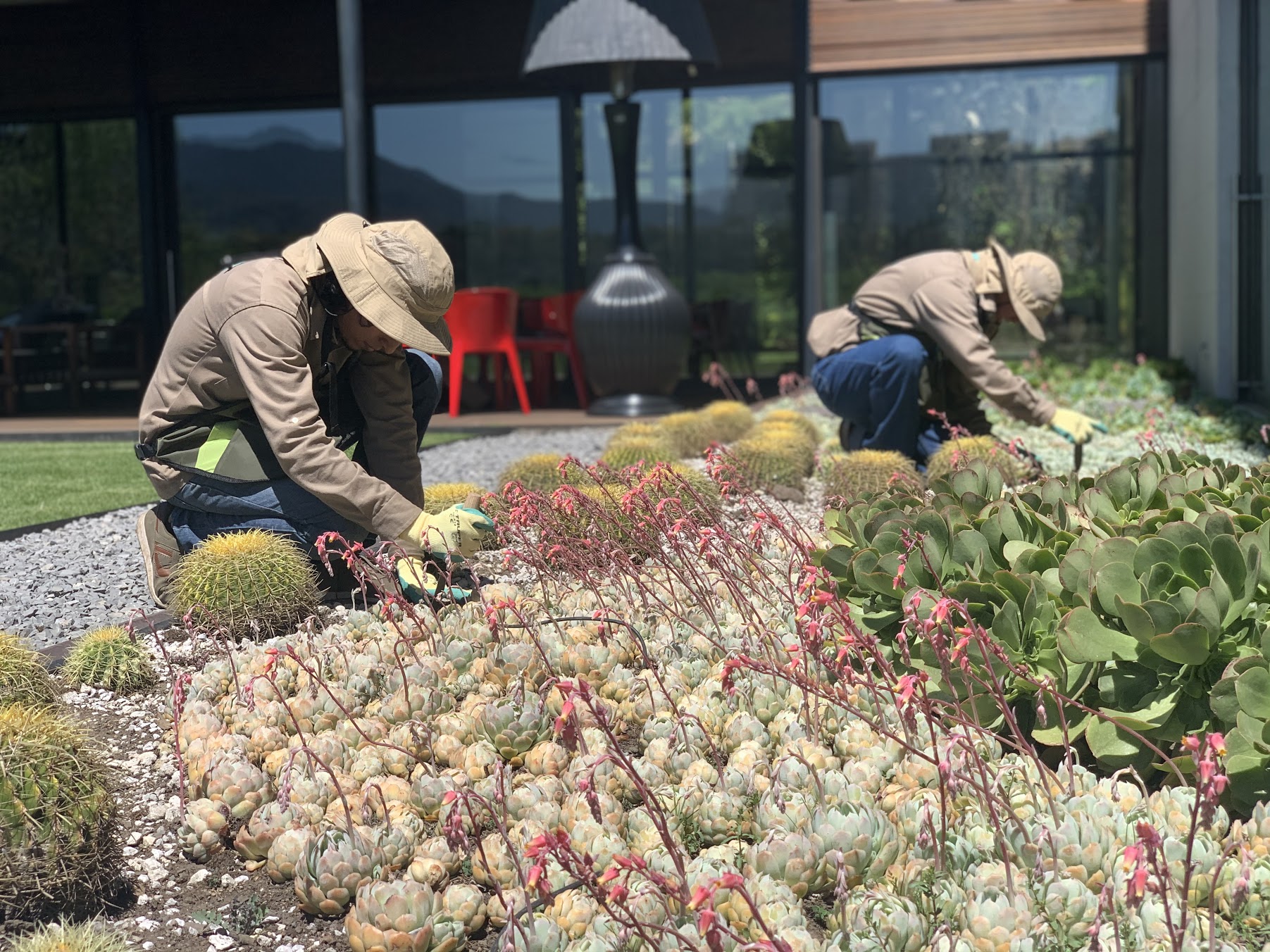
Gardening
Photography: Héctor Pallares
WHAT ARE THE FUNDAMENTAL ELEMENTS AND PRINCIPLES OF BIOPHILIC DESIGN?
Before talking about biophilic design, I would like to comment that biophilia is our sense of innate biologic connection with nature and our need to be surrounded by it. Once said that, biophilic design is the use of that connection when designing to benefit both the people and the environment.
It is an increasing tendency that architecture seeks to reestablish the bonds between nature and human beings, whether in urban planning and/or interior designs, at macro- and micro-scale.
I believe there is a couple of elements in this conceptualization: in first instance, plants (with different characteristics) as a basic element that nature provides; then there is the gardening technique, i.e. arranging plants in a suitable manner, depending on their characteristics and the proposed project, in order to obtain a sensory biophilic design.
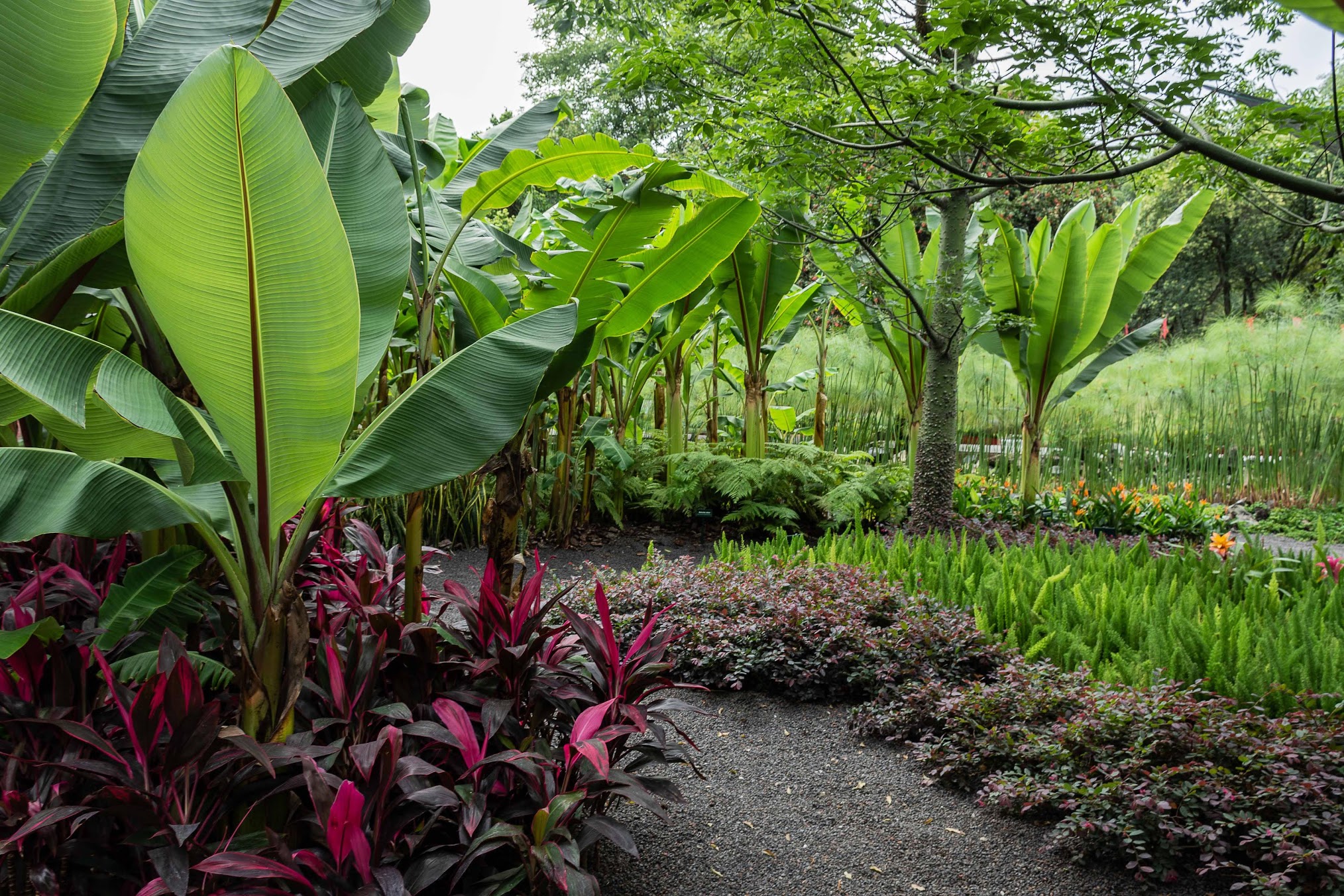
Inspiring spaces
Photography: Francisco Herrera
WHAT ARE THE BENEFITS OF APPLYING THIS CONCEPT TO DESIGN HEALTH FACILITIES?
In addition to significant benefits for our physical health, plants may also change our mood substantially. In fact, there are different studies suggesting that, just by observing plants and being in contact with them, your health and wellbeing improve.
One of these studies, done in Philadelphia, United States, by PhD. Roger Ulrich and published in Science magazine, analyzed the impact of these living beings on patients with gallbladder problems. In the study “Nature’s curative power: Nature as source of health, vitality and welfare”, 46 patients who needed gallbladder surgery were analyzed.
Half of them were hospitalized in rooms with windows where the patients were able to look outside, with a view of a small forest, while the other half were in rooms without windows. The result? The 23 patients in the rooms with windows needed fewer days in the hospital and had less post-surgical problems.1 This effect is called biophilia.
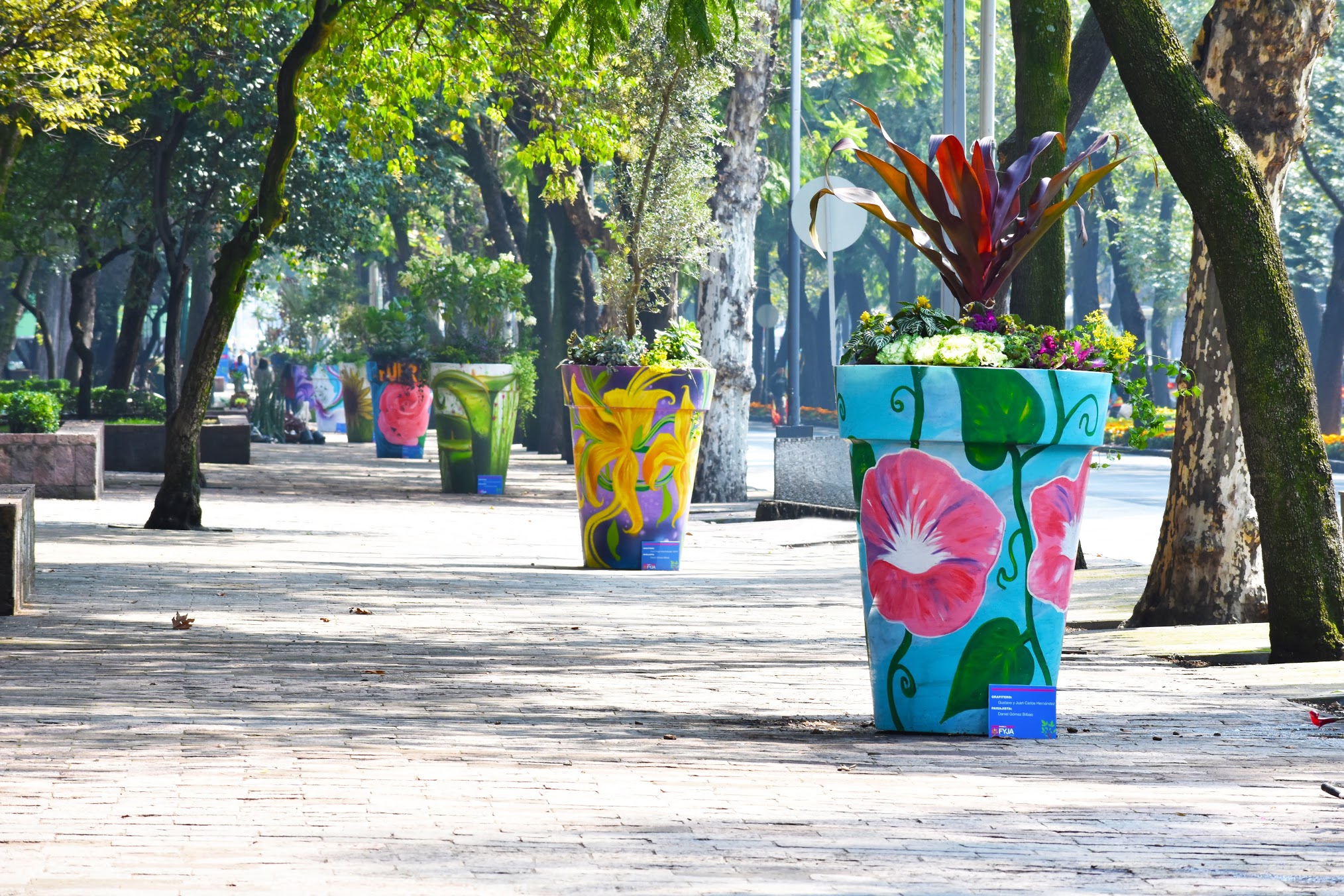
Urban Botany
Photography: Cortesía FYJA
WHAT BUILDINGS ILLUSTRATE THIS ARCHETYPE?
The challenge is how to include biophilic designs in new buildings. Today, we can see its utmost expression in cities such as Singapore, where designs of large buildings, including the Airport, as well as property and corporate developments, are connected to nature and thought as part of it.
For example, the Singapore’s International Airport, known as Jewel Changi Airport, is more than simply a place to wait for the next flight. It has this heavenly garden and the largest interior cascade in the world, with 40 meters height, here, users experience emotions when going across the different natural spaces offered by this architectural piece. Without going too far, in Mexico for example, restaurants and shopping malls are including green areas more and more each day.
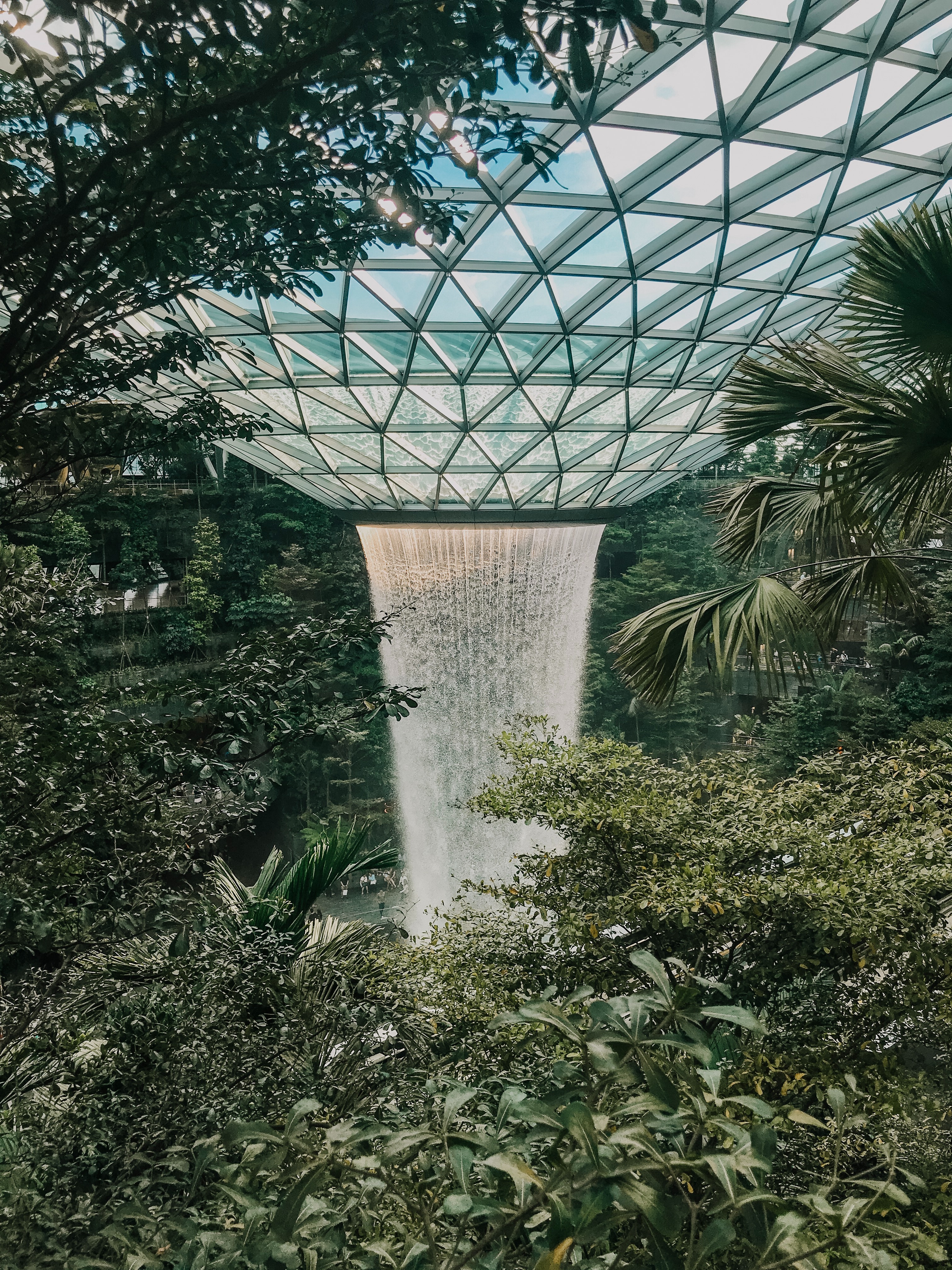
Singapore
Photography: tiffng – Pexels
WHICH OF YOUR WORKS BEST DEFINE THIS CONCEPT?
It is difficult to choose which of our works exemplifies the biophilic design, because when we design, we create mesmerizing environments. One of our greatest creations, as part of the first edition of the Flowers and Gardens Festival (Festival Flores y Jardines, FYJA), is “Tlalocan, the place of the Earth’s nectar” within the Botanical Garden of the Bosque de Chapultepec.
This is an iconic landscape work due to its biodiversity. We design a space for relaxation and contemplation; the micro ecosystem we generated is the representation of the abundance of Earth and highlights the importance of wetlands.
Biophilic Paradise
Photography: Zaickz Studio
Another example is the biophilic design we planned for the restaurant “La Popular”, owned by Grupo Carolo. Beginning with the facade, we created a vegetable atmosphere surrounding the outside of the facilities with a variety of palms.
Its indoors were created as a biophilic paradise, a large green wall made of Boston ferns and common dandelion, crossing from one side to the other, as well as a long planter which, altogether, allows a merge of green gastronomic experiences, unique for diners.
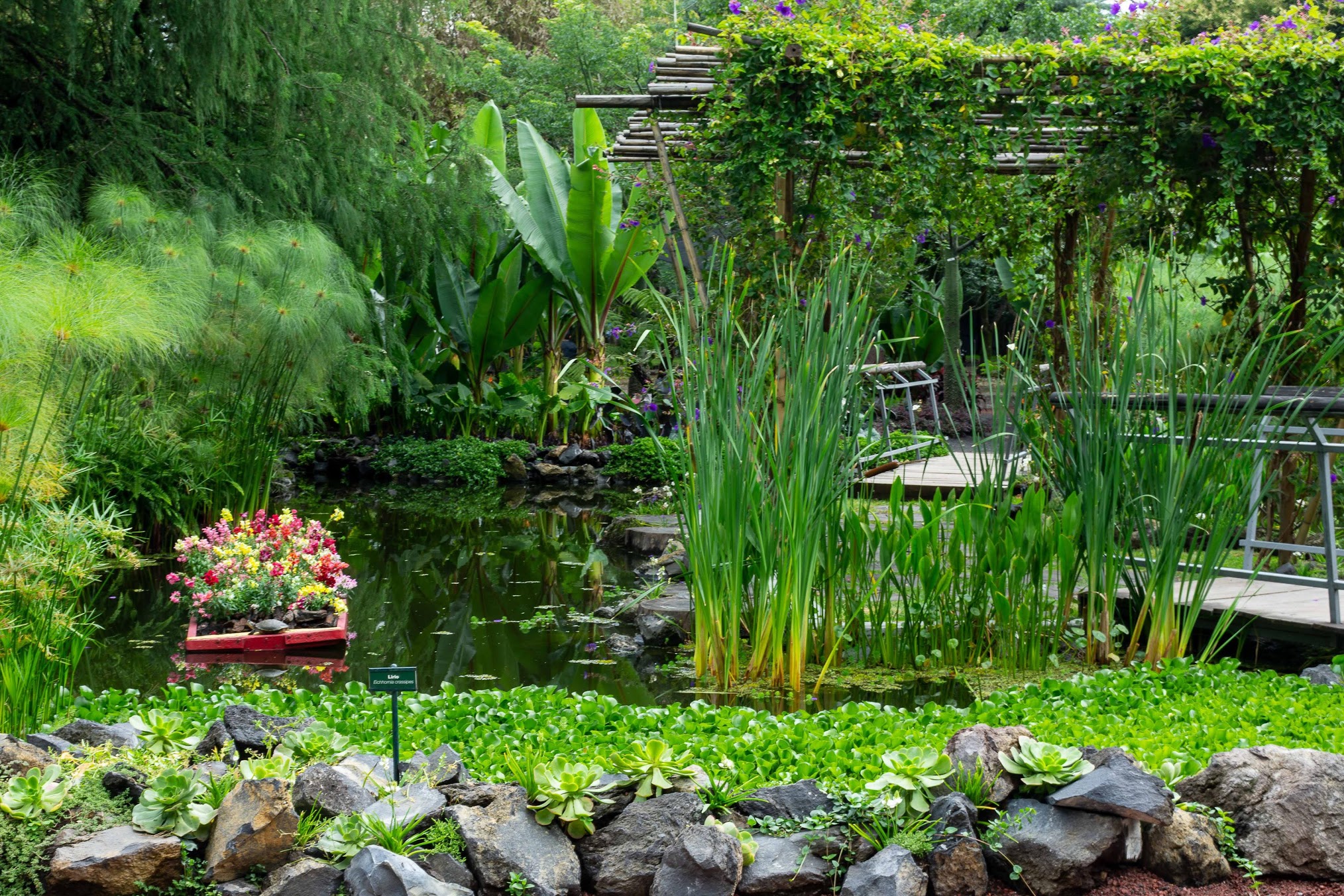
“Tlalocan, the place of the earth’s nectar”
Photography: Francisco Herrera
To see the complete interview visit our YouTube channel:
For more information visit their website:








